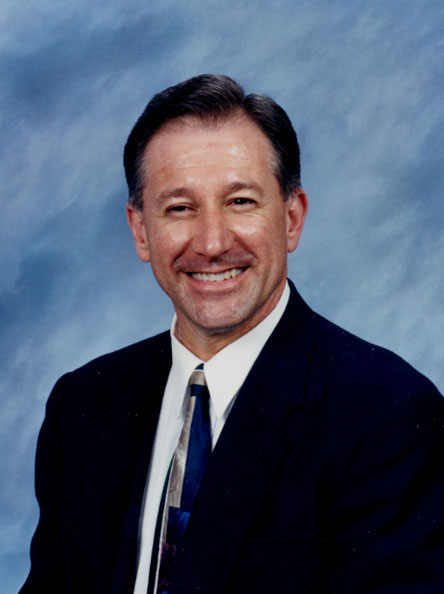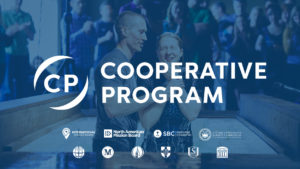
McMINNVILLE, Ore. (BP)–According to a recent report released by the American Medical Association, applications to medical schools in the United States fell 3.7 percent in 2000 — the fourth straight year applications have declined. Barbara Barznasky, secretary of the AMA’s medical education council and author of the report, listed lucrative jobs in the high-tech field and the prospect of large medical school debts among the reasons for the decline.
Medical school enrollment is not the only area suffering a decline. Recent reports also indicate shortages in the nursing and education professions as well. Poor pay, long hours and the dot-com revolution are all possible reasons given for the decrease in these occupations.
Could there be another reason for the falling numbers? Perhaps personal and economic choices are not behind the decline in doctors, nurses and teachers. Might it be that the shortage is due to a lack of people, period.
In 1973 the Supreme Court made abortion a legal procedure in the United States. From 1973 to 1981, some 10 to 12 million pregnancies were terminated. Had those children been carried to term, the oldest would be 28 and the youngest would be 18.
If there were currently an additional 6 to 8 million 22- to 28-year-olds, could that make a difference in medical school enrollments as well as in the numbers choosing the nursing and teaching professions? Using the lower figure of 6 million, let’s see if abortion could be a factor in the current decline in certain areas of American life.
All of the aforementioned 6 million would not have chosen to pursue higher education. For the sake of argument, let’s say that 20 percent would have chosen to attend and finish college. That would mean there would be an additional 1.2 million college graduates. If only 1 percent chose each of the previously mentioned professions, there would currently be at least 12,000 additional medical school students, nurses and teachers. These are significant numbers when you consider only 37,092 individuals applied for medical school in 2000. Keep in mind these numbers are conservative estimates.
Apply the same estimates to college enrollment. With an additional 4 million to 6 million 18- to 22-year-olds and if only 20 percent chose higher education, it would mean an additional 800,000 college students. If only 1 percent chose medicine, nursing or education it would mean an additional 8,000 in each career over the next four years.
By law, America has sanctioned the slaughter of innocent life for almost three decades. It is difficult to estimate the damage legal abortion has done to our nation ethically and morally in that time. If the current cavalier attitude toward life is any indication, it is both significant and tragic. We can, however, gauge abortion’s effect on this nation in other tangible areas. In 1973 we began to sow the destruction of unborn children; now we are reaping a decline in doctors, nurses and teachers — not to mention consumers and taxpayers.
The fruit of abortion is indeed bitter and we have chewed it for much too long. Let’s hope we spit it out before its too late.
–30–

















